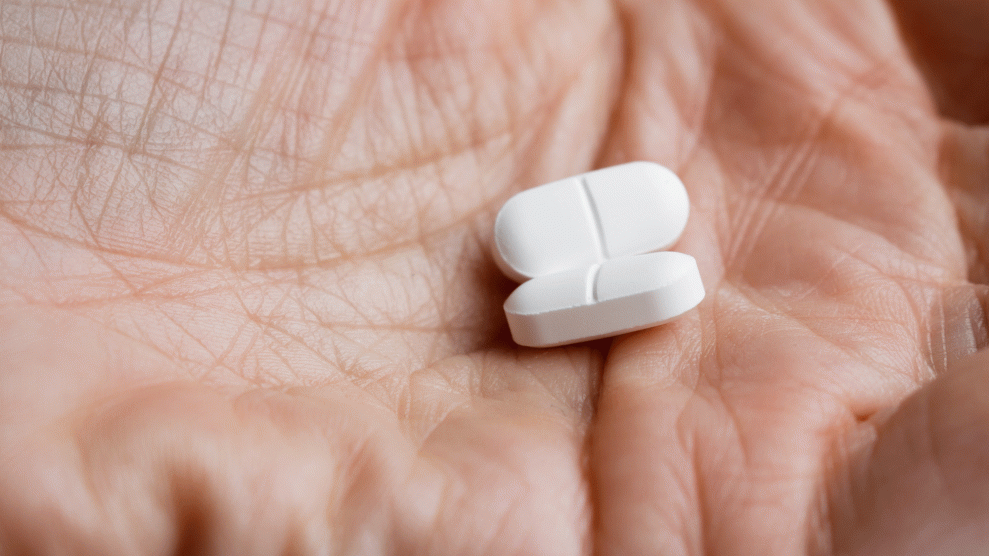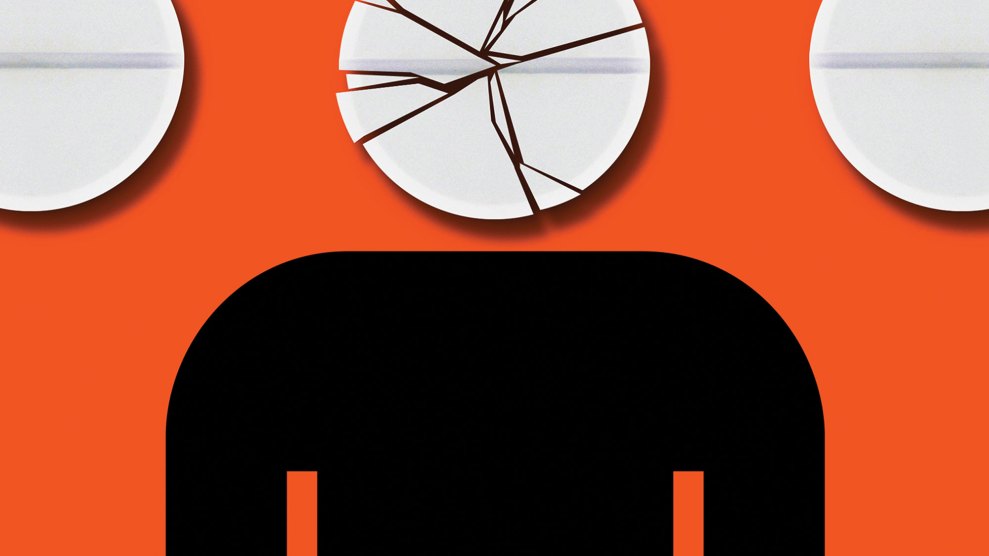As the death toll from the opioid epidemic continues to skyrocket, media and political attention has focused on so-called doctor shoppers, or patients who go from doctor to doctor in search of narcotics prescriptions. Headlines have also singled out pill mills, or doctors illicitly prescribing pills in exchange for cash. But a study released Thursday in the medical journal Addiction finds that the trend of overprescription to high-risk patients is far more complex. “You have this narrative that there are these opioid shoppers and rogue prescribers and they’re driving the epidemic, and in fact the data suggests otherwise,” said Dr. Caleb Alexander, a study author and co-director of the Johns Hopkins Center for Drug Safety and Effectiveness.
The study found that of those prescribed opioids in 2015, doctor shoppers were exceedingly rare, making up less than one percent of prescription opioid users—effectively “a rounding error,” says Alexander. The bigger problem, the researchers found, was that many patients were prescribed a potentially lethal combination of medications. One in ten prescription opioid users were concurrently prescribed opioids and benzodiazepines, a class of medications like Xanax or Valium that, when taken with opioids, can dramatically increases the risk of overdose. What’s more, another 4 percent of patients were on high doses of opioids for more than 3 months—which the Centers for Disease Control and Prevention strongly discourages.
So who’s responsible for these risky prescribing practices? The team distinguished between the small set of high-volume prescribers—roughly 8,000 doctors and other providers who consistently prescribe the most opioids in the states where the study took place—from the nearly 200,000 low-volume prescribers. Those 8,000 providers prescribed to a whole lot of high-risk patients: A whopping 91 percent of those patients prescribed high doses for more than three months, and three quarters of those patients concurrently prescribed benzodiazapenes and opioids, received opioid prescriptions from high-volume prescribers.
But Alexander notes that the majority of opioids overall are prescribed by the larger group of low-volume providers, and that the vast majority of these high-volume suppliers aren’t the pill mills we hear about in the news. “Most of these doctors aren’t ‘rogue’ prescribers only accepting cash and seeing 300 patients a day,” he said. “They’re simply doctors that are prescribing exceedingly high volumes of opioids. We need to do abetter job of educating them.” In addition to cracking down on pill mills, he added, public health efforts must include educating well-intentioned doctors about the risks of opioid addiction.
Some of this education is already in effect: The Centers for Disease Control and Prevention released guidelines last year urging doctors to consider opioids for chronic pain only as a last resort. Some states have passed legislation capping the first dose of opioids to just a few days. Every state has a prescription drug monitoring program, or a database that doctors can check to see if patients are already prescribed opioids (though many don’t require that physicians check it). Meanwhile, Jeff Sessions appointed a cohort of 12 prosecutors to crack down on physicians and pharmacies distributing high volumes of opioids.
And, as I noted in a column earlier this year, doctors are increasingly embracing a number of alternatives to opioids for pain management. “The bottom line is that we have lots of tools in the tool box that we’re not using,” says Alexander.
Efforts to wean Americans off of opioids are beginning to pay off: Prescription rates are slowly dipping after their peak in 2010, though Americans still consume more than two thirds of the world’s prescription opioids.






